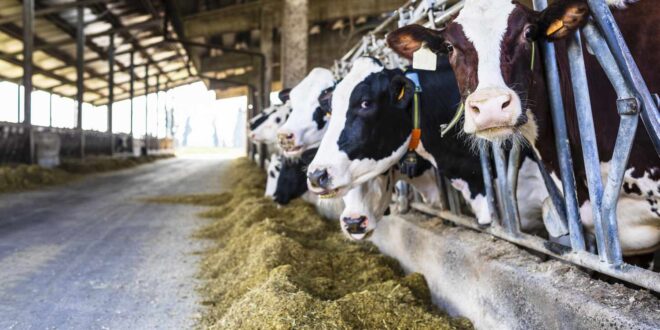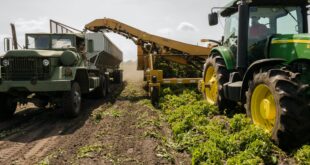The Heartbeat of the Farm ─ Understanding Milking Systems
From Tradition to Technology ─ The Evolution of Milking Machines
Milking systems have undergone a remarkable transformation over the years, evolving from rudimentary hand-milking techniques to sophisticated automated systems that significantly enhance productivity and animal welfare.
Historically, dairy farmers relied on manual labor to extract milk, a process that was labor-intensive and time-consuming. Early milking machines, developed in the late 19th century, represented a pivotal innovation. These machines employed suction cups to milk cows, marking the beginning of mechanization in dairy farming.
Today, modern milking machines incorporate advanced technologies such as robotics, sensors, and software analytics. Robotic milking systems allow cows to be milked at their convenience, reducing stress and enhancing their comfort.
These systems utilize sensors to monitor individual cow behavior and health. For instance, if a cow is reluctant to enter the milking stall, the system can alert the farmer to potential health issues.
Furthermore, automated systems can optimize milking schedules and integrate data on milk yield and quality. This data-driven approach not only improves the efficiency of milking processes but also aids farmers in making informed management decisions.
Choosing the Right Milking System for Your Dairy Cattle
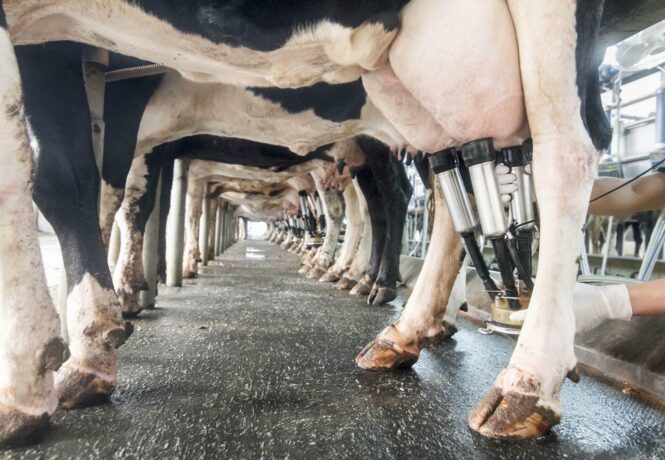
Selecting an appropriate milking system is crucial for maximizing herd productivity and ensuring economic viability. The decision hinges on several factors including herd size, farm layout, budget, and specific production goals.
For small to medium-sized farms, traditional parlors or single-stall systems may suffice. These setups, though manual, allow for direct human oversight, fostering a strong connection between the farmer and the livestock.
On the other hand, larger operations may benefit from rotary or automated milking systems. Rotary parlors, which allow multiple cows to be milked simultaneously in a circular fashion, are particularly beneficial as they save significant time and labor costs.
Meanwhile, automated milking systems fit well in farms that prioritize animal welfare, allowing cows to choose their milking times, which can enhance milk production efficiency. When choosing a system, farmers should also consider support and maintenance services offered by equipment manufacturers, especially for complex robotic systems.
Maximizing Efficiency ─ Maintenance Tips for Milking Equipment
The efficiency of milking systems directly correlates with regular maintenance and optimization. Routine checks on equipment such as vacuum pumps, pulsators, and milk lines are essential in preventing breakdowns.
Farmers should create a comprehensive maintenance schedule that includes daily, weekly, and monthly inspections. This proactive approach helps identify wear and tear before they lead to costly repairs or equipment failure.
Moreover, maintaining optimal hygiene standards is critical. Improper cleaning and sanitation can lead to bacterial contamination, affecting milk quality and, thus business reputation. Implementing automated cleaning systems, which can be integrated into the milking machinery, ensures consistent cleanliness with less manual labor.
Lastly, training staff on the equipment’s operation and maintenance significantly reduces human error, contributing to overall efficiency in milking operations.
Your Dairy Farm’s Unsung Heroes ─ Essential Feeding Equipment
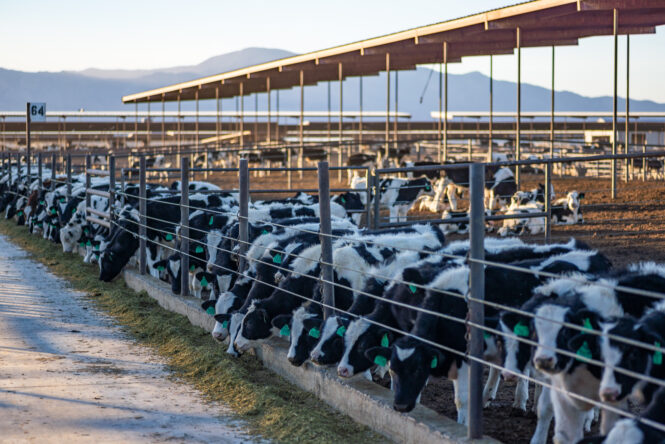
The Science Behind TMR Mixers ─ Crafting the Perfect Diet for Cows
Balanced nutrition is vital for healthy milk production, and Total Mixed Rations (TMR), one of the dairy farm equipment, plays a significant role in achieving that goal. TMR mixers are specialized machines designed to blend various feed components to produce a nutritionally balanced diet for dairy cows. The efficiency of these mixers directly impacts the cost of feed and the health of the herd.
Designing an effective TMR involves an understanding of animal nutrition and the different feed ingredients available, including silage, hay, grains, and protein supplements.
TMR mixers equipped with advanced technology can monitor the nutritional content of the feed, allowing farmers to adjust the mix based on the cows’ varying dietary needs throughout lactation. This precision means that cows receive the optimal amount of nutrients, which contributes to higher milk yields and healthier animals.
Furthermore, investing in a high-quality TMR mixer can lead to substantial savings while enhancing the overall profitability of a dairy operation.
Automatic Feeders ─ Can They Revolutionize Your Dairy Operations?
As dairy farming becomes increasingly competitive, many farmers are turning to automatic feeders to save time and labor costs while ensuring that their cows receive consistent and appropriate nutrition.
These feeding systems can dispense feed at regular intervals, allowing for more precise control over each cow’s dietary intake. The ability to automate feeding schedules reduces the risk of human error and ensures that cows are fed in a timely manner.
One of the primary advantages of automatic feeders is their potential to reduce feed waste—the precise dispensing of the right amount of feed at the right time means less spoilage. This automation also allows farmers flexibility in managing their time, as they can focus on other critical farm tasks rather than spending hours on feeding.
Moreover, modern automatic feeders are equipped with sensors that can monitor individual cow feed intake, providing valuable data that can help farmers fine-tune their feeding strategies and improve herd health.
Innovative Silage Management ─ Keeping Nutrients Fresh and Accessible
Silage is a staple in dairy cattle diets and managing it effectively is crucial for maintaining its nutritional value. Innovative technology and practices in silage management, such as the use of specialized silos and advanced fermentation monitoring systems, can greatly enhance the quality of silage produced and stored on dairy farms.
Proper ensiling techniques—such as ensuring optimal moisture levels and using effective additives—are essential to preserving nutrients.
Silos equipped with sensors can monitor variables like temperature and moisture content to ensure that the silage remains in ideal condition. This data can be analyzed to adjust the feeding regimen based on the changing quality of the silage over time.
Additionally, the use of high-quality sealing materials to minimize oxygen exposure reduces spoilage, ensuring that the feed’s nutritional content remains intact for longer periods. Effectively managing silage not only maximizes the value of feed resources but also enhances the overall efficiency and productivity of dairy operations.
Healthy Herd, Happy Farm ─ Animal Health and Monitoring Gear
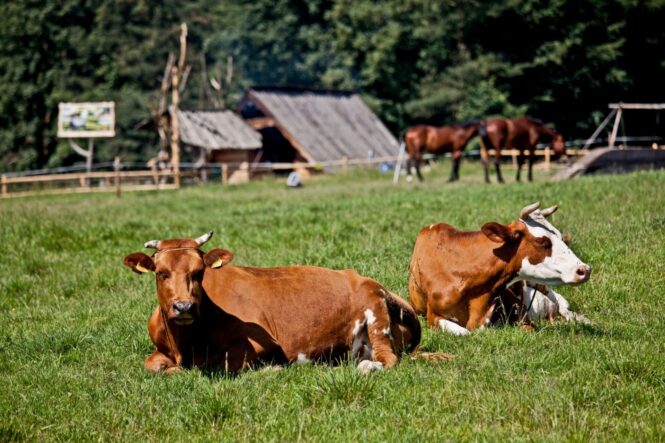
Wearable Technology for Cows ─ A New Era of Health Monitoring
The introduction of wearable technology for livestock is revolutionizing the way farmers oversee herd health. Devices such as smart collars and ear tags can track a multitude of parameters, from movement and activity levels to physiological data like heart rates and rumination patterns.
This granular approach to monitoring provides farmers with real-time insights into the health and well-being of their cows.
With the integration of such technologies, farmers can quickly identify health issues, such as lameness or respiratory conditions, which are often manifested through changes in activity levels or eating habits.
Beyond immediate health benefits, harnessing wearable technology can lead to improved reproductive efficiency, timely vaccinations, and better overall herd management strategies. With ongoing advancements in data analytics and cloud computing, the potential for customized health interventions tailored to individual cow needs is vast, projecting a promising future for dairy farming.
The Role of Precision Livestock Farming in Enhancing Productivity
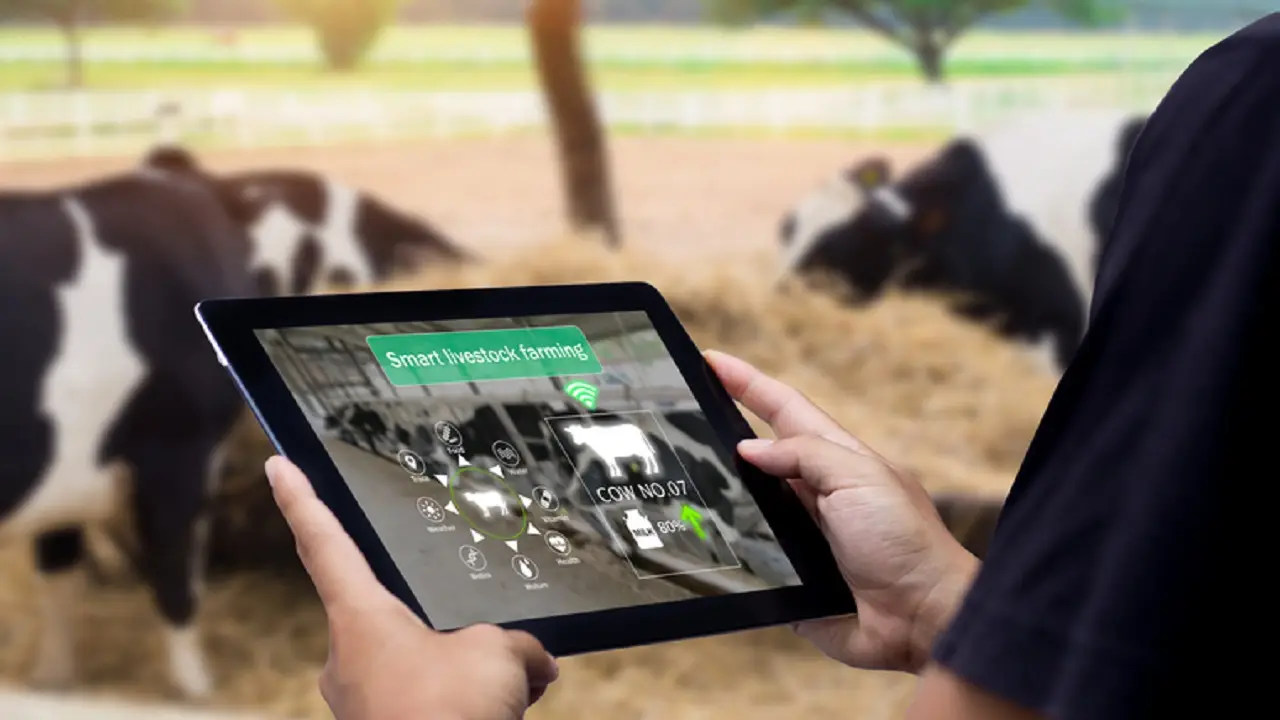
Precision livestock farming (PLF) represents an innovative approach that harnesses data and technology to optimize livestock management and enhance productivity. By employing tools such as automated feeders, milking robots, and health monitoring devices, farmers can gain detailed insights into cow behavior, health, and production patterns.
From these insights, they can develop targeted interventions that improve animal health and farm efficiency.
PLF utilizes big data analytics to forecast potential outcomes based on current herd performance. For example, analyzing data on milk yield, feed intake, and reproduction can help farmers identify trends that inform breeding decisions or feed formulations.
By making data-driven choices, dairy producers can not only improve profitability but also contribute to sustainable farming practices by ensuring that resources are used efficiently, minimizing waste, and reducing the carbon footprint of operations.
Biosecurity Measures ─ Essential Tools for Protecting Your Dairy Farm
Biosecurity is paramount in safeguarding the health of a dairy herd and preventing the introduction of diseases that can have devastating economic impacts. Implementing strong biosecurity measures involves a multifaceted approach, including controlling animal movement, maintaining sanitary conditions, and utilizing health monitoring systems.
Farmers should ensure that only healthy animals are introduced to the herd and establish clear protocols for the care and handling of livestock.
In addition, incorporating tools such as vaccination programs, biosecurity inspections, and access control systems helps mitigate risks associated with diseases. Training staff on biosecurity practices is equally important as human error can lead to significant vulnerabilities.
By prioritizing biosecurity, farmers can ensure the long-term viability of their operations and the well-being of their livestock, ultimately supporting a more productive and profitable dairy farm.
Efficient Waste Management ─ Turning Challenges into Opportunities
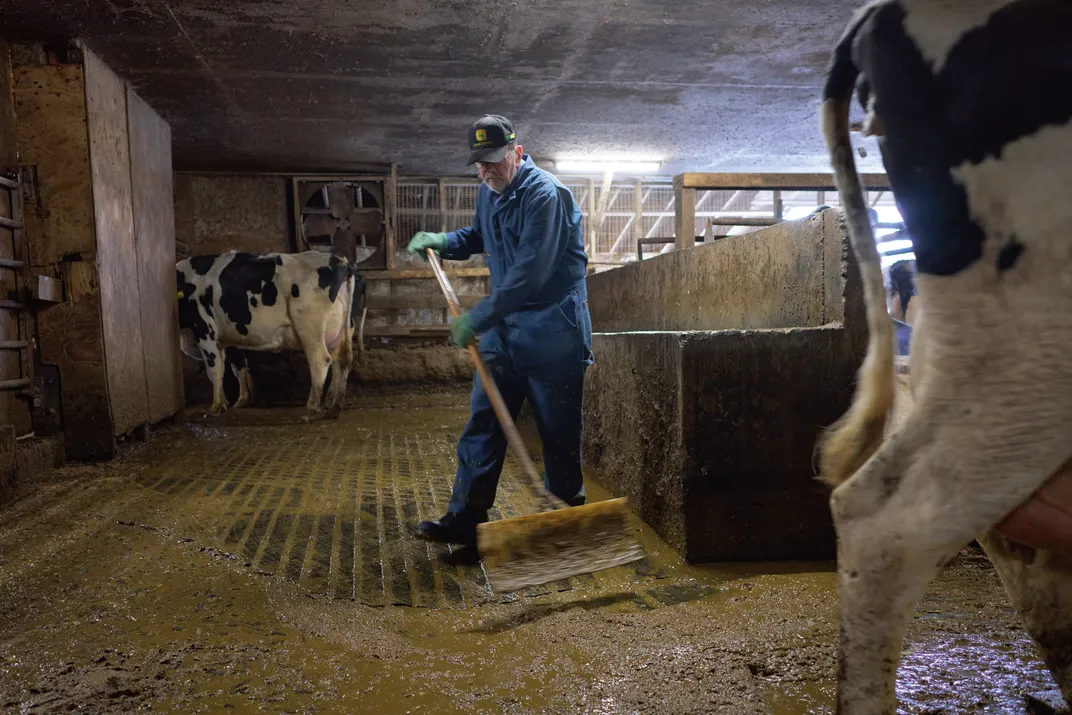
Innovative Manure Handling Technologies ─ Not Just a Mess to Clean
Effective manure management is crucial not only for animal health and farm sanitation but also for environmental sustainability. Today’s dairy farms are equipped with innovative manure-handling technologies designed to process and utilize waste efficiently.
Systems that integrate vacuum pumps, separators, and automatic scrapers allow for timely and hygienic removal of manure from barns, reducing odors and disease transmission risks.
Furthermore, advanced technologies such as enclosed lagoons and anaerobic digesters elevate waste management efforts from mere disposal to valuable resource utilization. For example, anaerobic digesters convert manure into biogas, which can be harnessed as a renewable energy source, contributing to a farm’s energy independence and lowering operational costs associated with energy consumption.
Turning Waste into Wealth ─ The Benefits of Anaerobic Digesters
Anaerobic digestion is rapidly gaining traction in the dairy industry, turning organic waste into energy. This process involves using microorganisms to break down organic material in the absence of oxygen, resulting in biogas production and nutrient-rich digestate.
By converting manure into renewable energy, farmers can power their operations sustainably and even sell excess energy back to the grid, creating an additional revenue stream.
The digestate produced is an excellent fertilizer, providing a sustainable nutrient source for crop production while minimizing the need for chemical fertilizers. This closed-loop approach not only supports farm profitability but also aligns with environmentally friendly practices that promote soil health and reduce nutrient runoff into nearby water systems.
As the demand for sustainable practices grows, integrating anaerobic digesters represents a strategic move for modern dairy operations.
Composting ─ A Sustainable Approach to Dairy Farm Waste Management
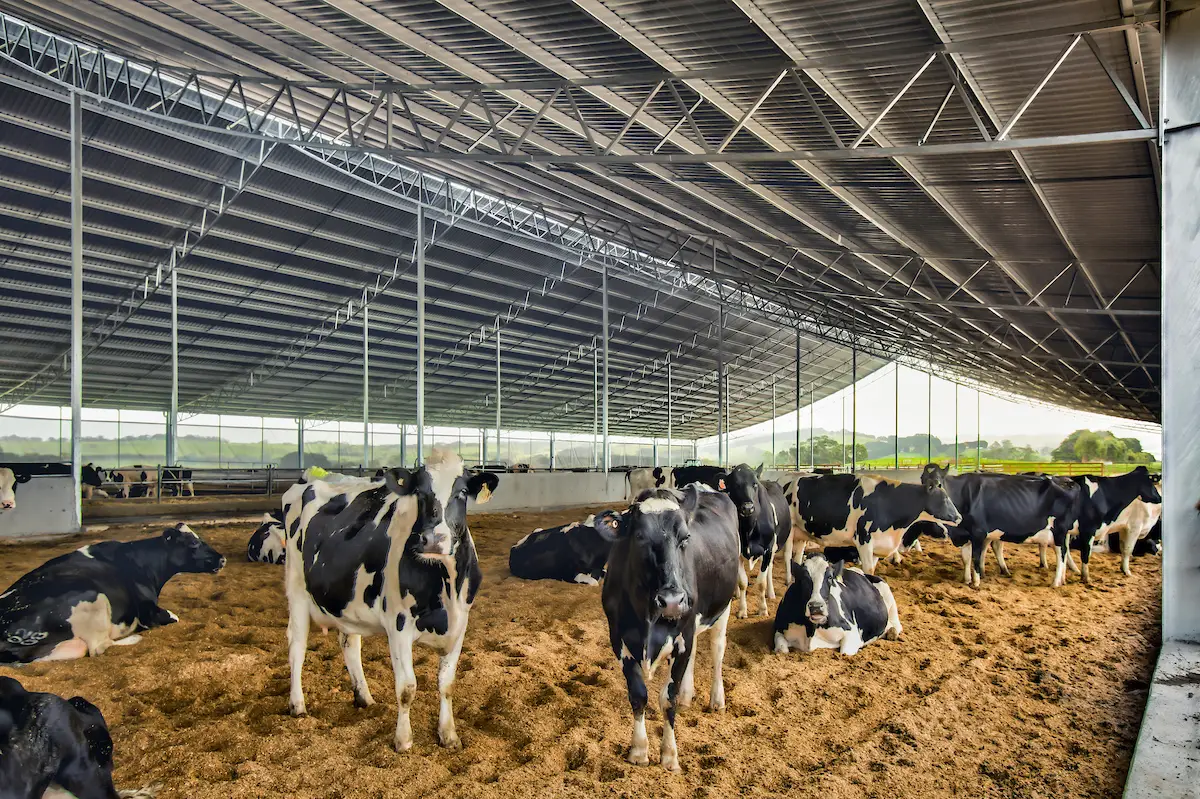
Composting is another sustainable waste management strategy that promotes environmental stewardship while benefiting dairy operations. By composting manure and other organic materials, farmers create a nutrient-dense soil amendment that enhances soil fertility and structure.
The composting process involves aerobic decomposition, where microorganisms break down organic matter, resulting in a stable and value-added product that can be applied to pastures and crops.
Implementing a composting system on a dairy farm can improve waste management efficiency and reduce disposal costs. Additionally, it’s an environmentally friendly option as it minimizes methane emissions associated with manure management while contributing to a circular economy within the farm ecosystem.
Moreover, using compost in soil management supports sustainable agriculture practices by enhancing carbon sequestration and reducing dependence on synthetic fertilizers. Ultimately, composting not only addresses waste challenges but also enhances farm productivity and ecological balance, creating a win-win situation for farmers and the environment.
 Imagup General Magazine 2025
Imagup General Magazine 2025
